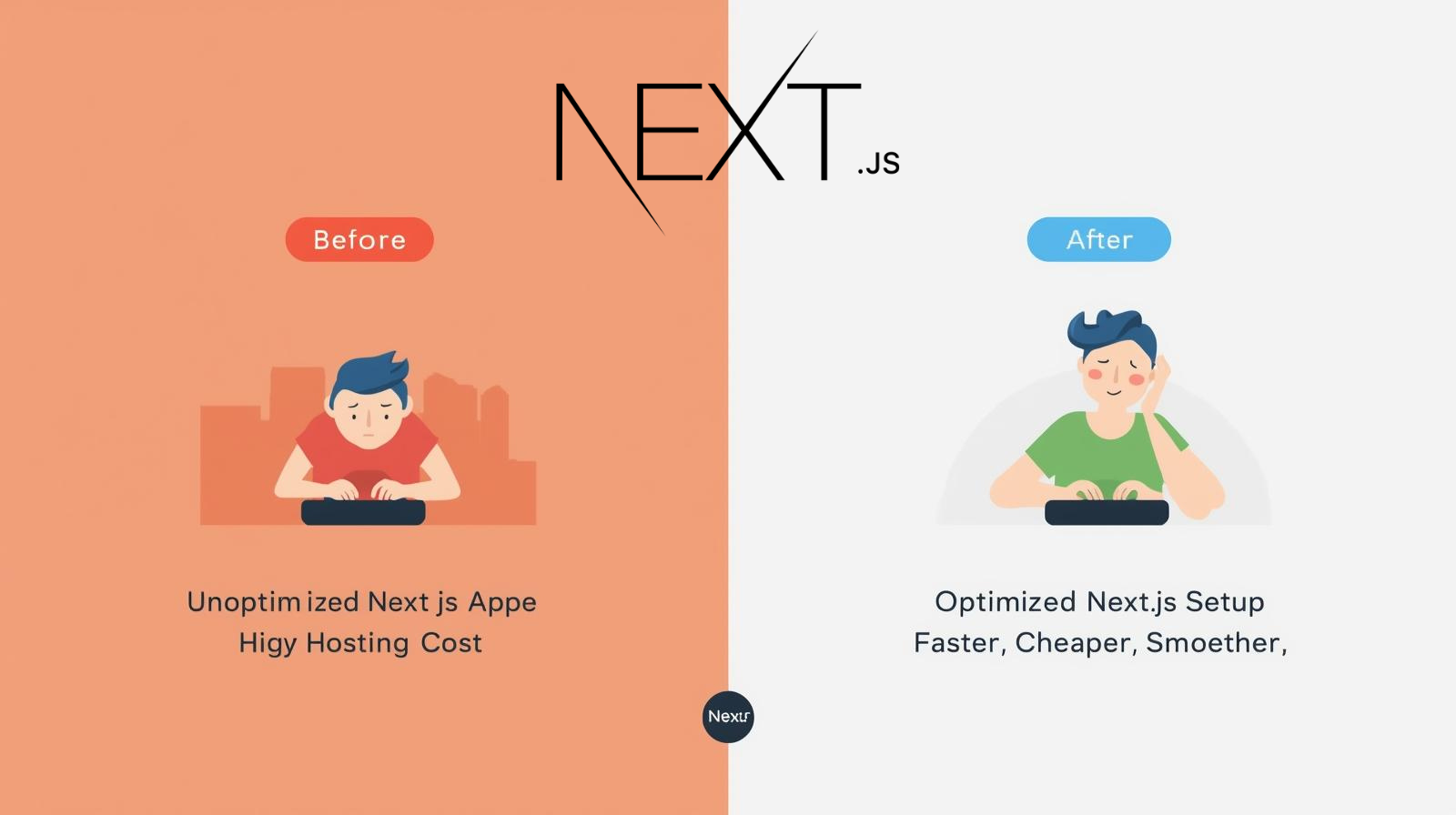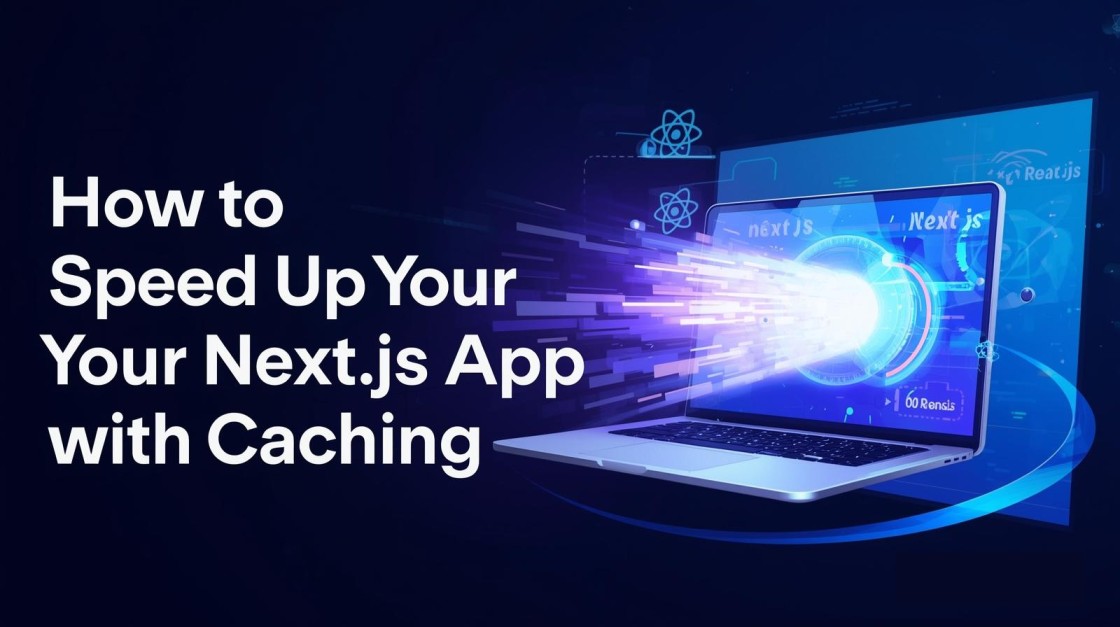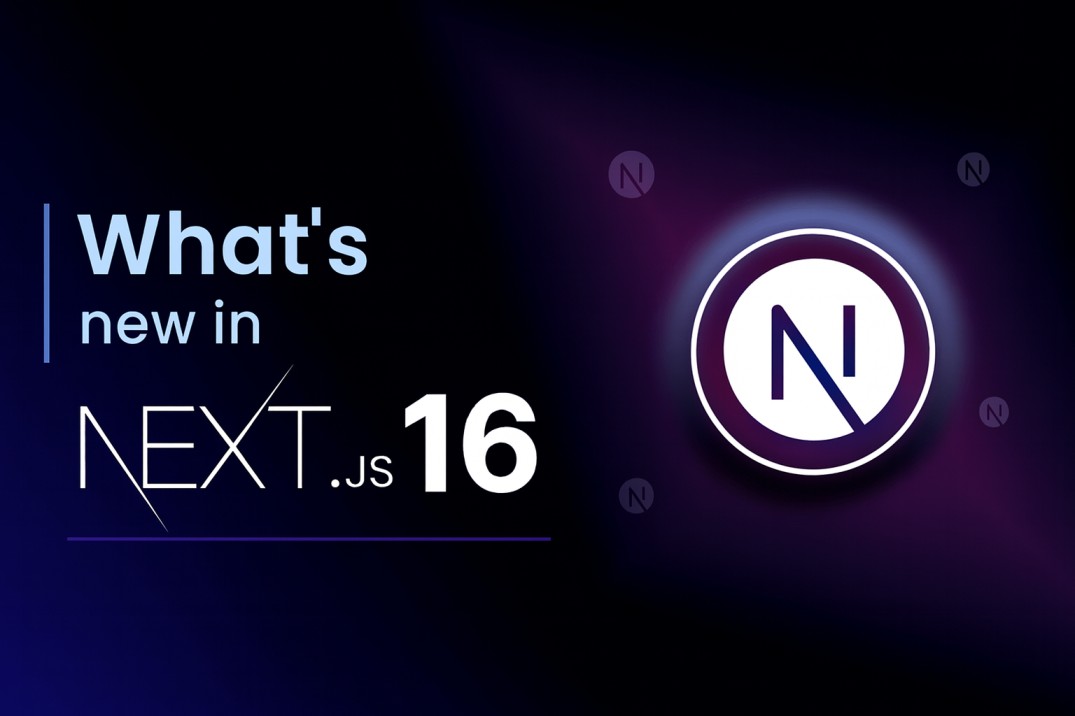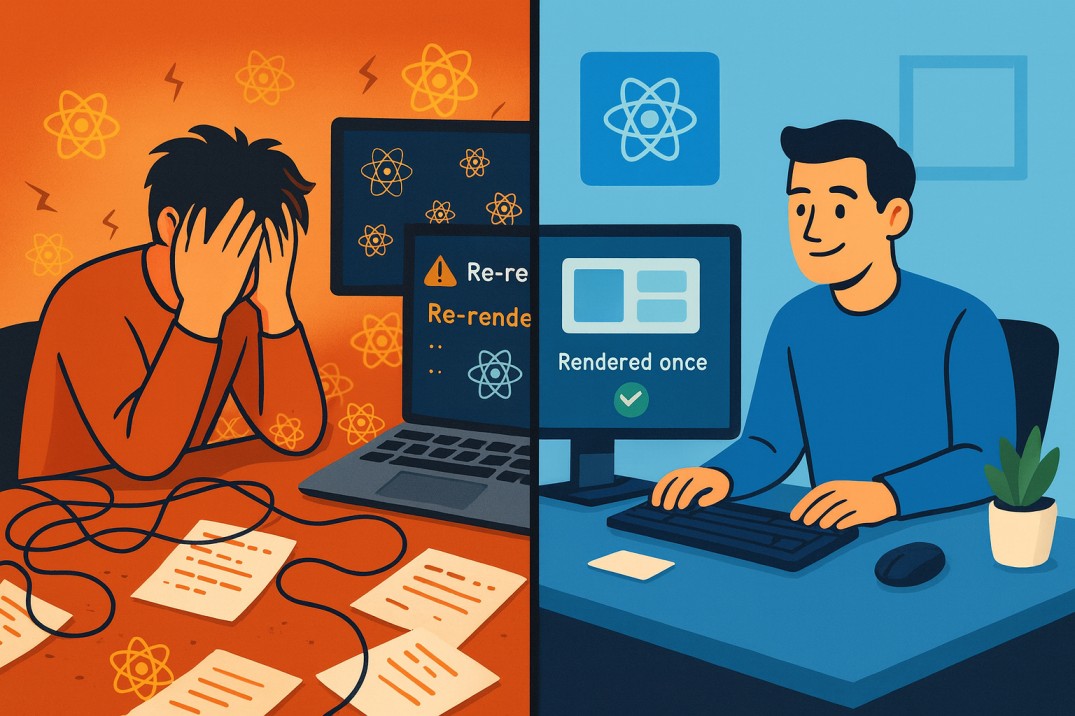How to Monetize a Web App with Low to Medium Traffic
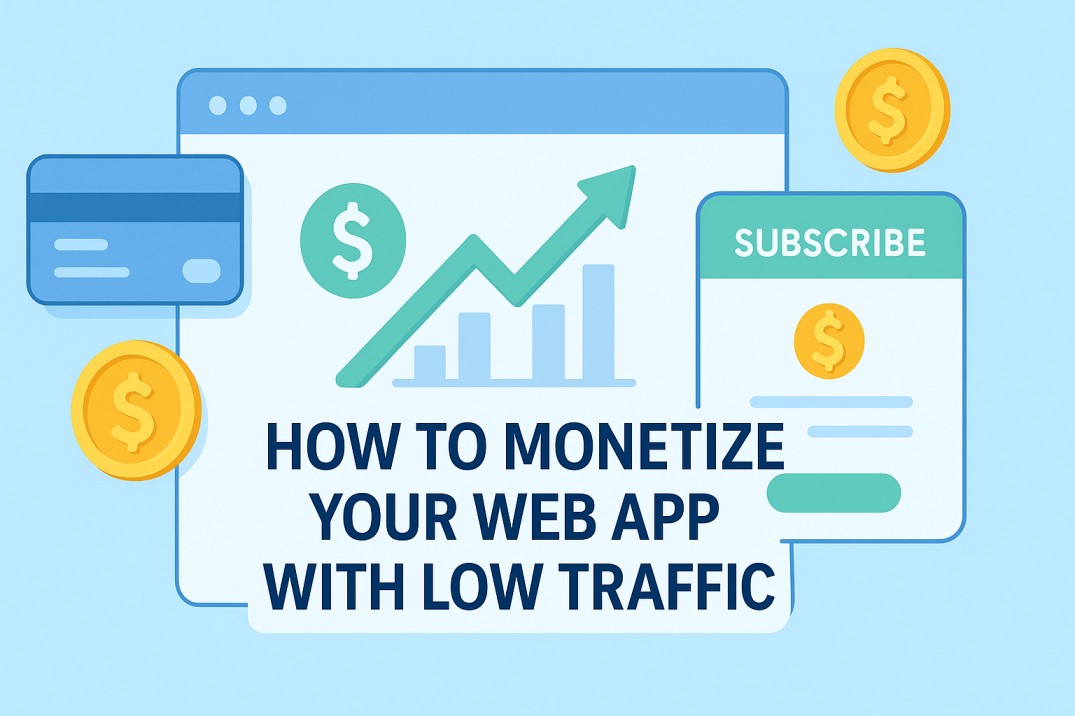
If you’ve built a web app and it’s gaining some steady traction—you’ve probably asked yourself:
Can I really earn from this?
The answer is yes—and you don’t need millions of users to do it. With the right strategy, even modest daily traffic can bring in consistent income.
Whether you’ve built a utility tool, an AI service, or a niche productivity app, there are monetization techniques that work without compromising the user experience.
Here are six strategies to start earning revenue from your app today, even before it goes viral.
1. Microtransactions: Let Users Pay as They Go
Not every user wants to subscribe monthly. Microtransactions are a great way to let users unlock features or credits on demand. This is especially powerful if your app runs on a credit or usage system—like generating AI content, PDFs, or conversions.
Instead of forcing a subscription, let users pay $1–$5 to unlock extra usage or bonus features. For example:
- Buy 10 more PDF exports for $2
- Pay a small fee to unlock a premium output format
- Spend $1 to generate a high-resolution version
This approach lowers the barrier for users to pay. Many people are happy to make small one-time purchases if it saves them time or enhances their experience.
It’s also global-friendly. In regions where monthly subscriptions feel too expensive, one-time micro-purchases are more acceptable and accessible.
To implement, use Stripe, Razorpay, or Paddle for easy payment collection. Offer a few bundled options, keep pricing transparent, and make the checkout process frictionless.
2. Contextual Advertising: Passive Revenue from Existing Users
Even if you’re not ready to charge for your product directly, contextual advertising can turn attention into income. Google AdSense, Ezoic, or Media.net allow you to monetize your pages with ads relevant to your content or audience.
You won’t make a fortune from ads alone at low traffic, but they can cover your hosting bills or build a small passive stream. With 10K–15K page views per month, you could earn anywhere from $20 to $100+, depending on your niche and where your users are located.
The key is to place ads thoughtfully:
- Avoid disruptive popups
- Use in-content or sidebar placements
- Test ad performance over time
This strategy works best on utility apps, tools, calculators, and resource pages where users spend more time engaging with the content.
3. Developer API: Offer Your Features as a Service
If your app performs a unique or valuable function—like AI document generation, summarizing content, or converting files—you can package it as a public API and offer it to developers or other apps.
APIs are a powerful way to monetize your backend logic. Developers are happy to pay for clean, reliable services that help them save time.
Here’s how you can make this work:
- Build REST or edge-function endpoints
- Use usage-based billing (e.g. per 1,000 requests)
- Add a free tier with limits to onboard devs
- Document it with Swagger or simple markdown
Platforms like Stripe Billing support usage-based metering, so you can track and bill per call. Start with a lightweight version of your existing functionality—chances are it’ll take less time than you think to convert into an API.
4. Affiliate Marketing: Earn by Recommending Related Tools
If your app serves a clear audience—students, marketers, writers, or developers—you can earn by recommending other software tools they’ll find useful.
For instance:
- Writing-focused apps can recommend Grammarly
- Developers might benefit from hosting platforms or plugins
- Productivity tools can promote Notion, Trello, or SaaS bundles
You earn a commission when someone clicks your affiliate link and buys or subscribes. The key here is subtlety and relevance. Place affiliate links:
- In sidebars or footers
- Within help or resource pages
- As part of your onboarding journey
You can find affiliate programs on platforms like Gumroad, ShareASale, PartnerStack, or even directly from product websites.
Start small and test what your audience responds to. You won’t make thousands overnight, but even a few conversions can add up over time—especially if you’re recommending high-ticket or subscription products.
5. Accept Donations: Let Users Support Your Work Voluntarily
Sometimes, users just want to say “thank you.” A simple donation button can capture this good will.
You can use tools like:
- Buy Me a Coffee
- Ko-fi
- Patreon (if you want to offer extra content)
Donations might not be consistent, but they are zero-maintenance. Add a button on your dashboard, in your footer, or at the end of a task:
“Enjoyed using this? Support the dev ☕”
Some users, especially power users or early adopters, are happy to support indie projects if the tool saves them time or money.
Even if you only get a few donations a month, it can boost morale and give you useful feedback from your most loyal users.
6. Refine Your Freemium Model: Convert More Free Users to Paid
If you already have a “Plus” or “Pro” plan, great—but are people actually upgrading?
The goal is to strike a balance between value in the free plan and a compelling reason to upgrade.
Look at your current usage and consider where you can apply meaningful limits:
- Daily or monthly usage caps
- File size limits
- Access to premium features or templates
- Faster processing or high-priority service
- Removing watermarks or branding
Clearly communicate these benefits. When users reach a limit, prompt them to upgrade in a helpful, non-pushy way.
Conversion rates for freemium products usually fall between 2–5% of your active user base. So if you’re getting 100 daily users, you could convert 2–5 of them a week with the right nudges and value proposition.
If possible, offer annual plans at a discount, and use testimonials or feature comparisons to help users make the upgrade decision.
Final Thoughts
Monetizing your web app doesn’t require millions of users or a massive budget. Even with modest traffic, there are clear, ethical, and effective ways to start earning:
- Microtransactions for users who want quick access
- Ads for passive monetization on high-engagement pages
- Developer APIs for scaling your functionality
- Affiliate links for value-added recommendations
- Donations from appreciative users
- Freemium upgrades that convert casual users to paying fans
You don’t need to apply all of these at once. Start with the lowest effort (like adding a donation or affiliate link), and gradually layer in others based on what your audience responds to.
Want to See an Example in Action?
If you want to see a working example of some of these strategies in practice, check out my AI-powered PDF tool at GenPDF. It’s a small app that generates documents using AI, with freemium options, credits, and more.
Sometimes, it’s not about scaling fast—it’s about monetizing smart, right from the start.
